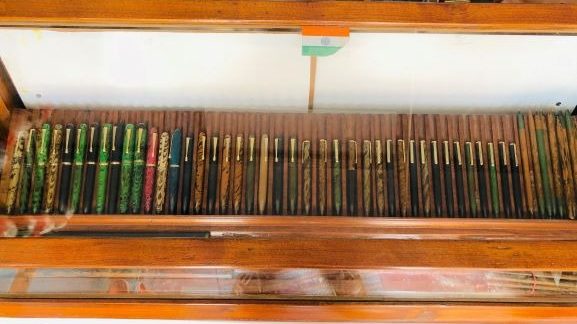
K V Ratnam and Sons – the people behind the Swadeshi Pen!
We have been inundated by messages since the story about Ratnam and Swadeshi pens was published. Most readers wanted to know about the House of Ratnam – primarily about their contribution to the world of fountain pens in general and to that of Indian pen turning in particular. However, so little information is available in the public domain, we requested fellow fountain pen lover Shreyas Yedla to make another trip so that our readers may quench their thirst about the enigmatic Ratnam Son and the pens made by them. He not only made the journey and met the grand old man in the Shrine of Ratnam but has also filed and excellent report. Excerpts:
The story of the House of Ratnam dates back to Kosuri Erayacharya in Rajahmundry who was blessed with two sons Kosuri Venkata Ratnam (K V Ratnam) and Kosuri Venkata Brahmam (K V Brahmam). The brothers were deeply influenced by Mahatma Gandhi and following his clarion call, wanted to set up a workshop for the manufacture of the Swadeshi Fountain Pen as a protest against the yoke of imperialism.
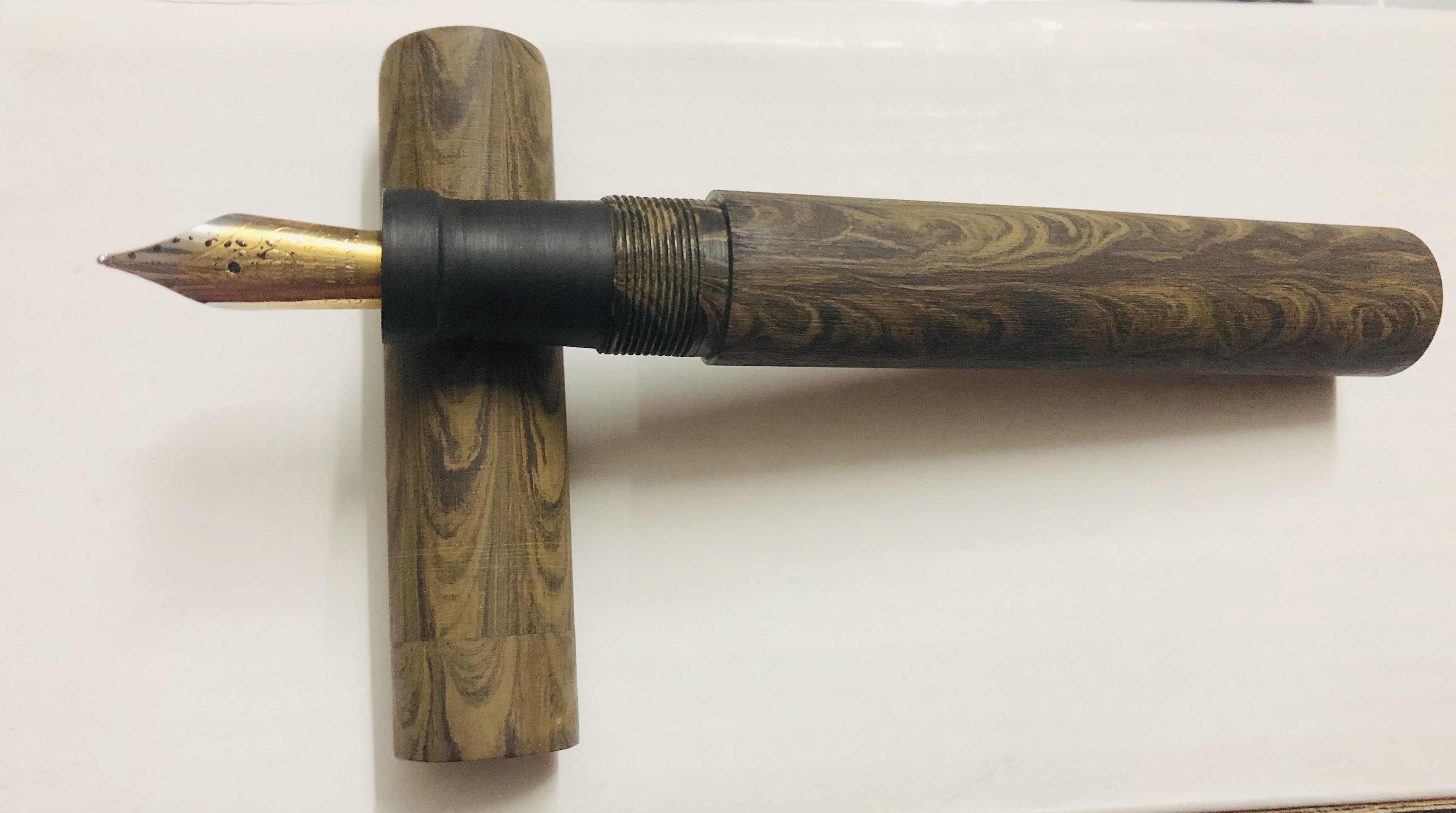
However, the neither the knowledge or the required skill-sets for the turning of fountain pens were available in their native Rajahmundry and legend has it that the first lights of enlightenment was showered on him by the local judge, who had a book detailing the process of hand turning a fountain pen. The first pen – the celebrated Swadeshi pen that was made in India, was thus one that was literally made from the scratch by K V Ratnam, that too, based on the instructions written in a book, as recounted by a legal luminary! Naturally, the trials and tabulations of the process leaves little to the imagination, not to mention the determination of the man who had to live up to Gandhiji’s gentle urge that he “create” something of value for the Nation and her people. The rest of the story – of how the pen reached Gandhiji, his letter of appreciation, et all, has been recounted many times over and does not warrant repetition. Suffice to say, the pen making workshop “Ratnam Pens” was set up in 1932.
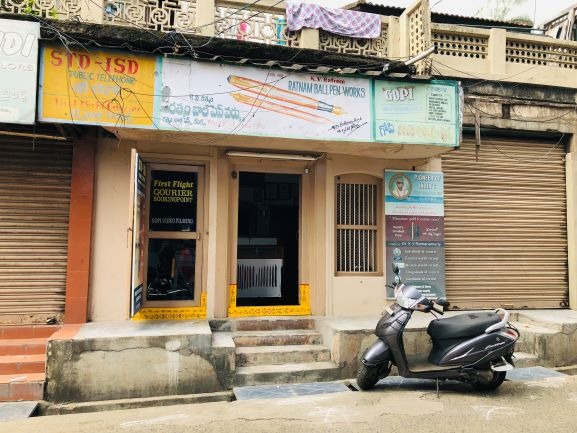
The point that needs to be stressed here is that KV Ratnam did not, ever, try to monopolise the knowledge he had painstakingly gained, or use it for his personal pecuniary gains. On the contrary, in keeping with the spirit of Swadeshi, he trained everybody willing to learn, the art of hand turning fountain pens, in the hope that Indian supply and the acceptance of the Swadeshi pens would pose a serious threat to and strike at the very core of imperialistic imports.
It was this vision that had given birth to another iconic Indian pen brand “Brahmam” which was founded by KV Ratnam’s cousin in Bhimavaram, Andhra Pradesh. Once known for products that could match even those made by the mighty Ratnam, the brand has sadly, slipped out from the consciousness. Though Brahmam pens are still highly regarded by collectors and connoisseurs alike.
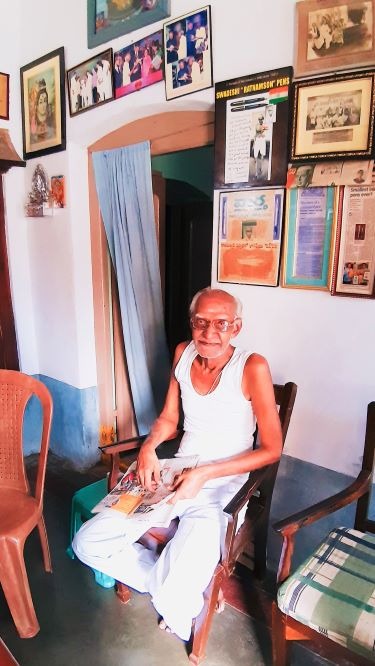
As the years passed and the family grew in size, the two brothers amicably decided to have separate businesses and K V Ratnam’s son started making and selling pens with the name and style of K V Ratnam and sons. Currently, the business is looked after by Dr Kosuri Venkata Ramana Murthy and his sons Chandra Sekhar and Gopal Ratnam, who despite the odds are not only keeping the Ratnam legacy of top quality at affordable prices alive, but are also trying in their own way to keep the art of pen making relevant. As a matter of fact, fountain pens made by them and sold in the Chennai airport are so popular these days that aficionados are known to make trips only to acquire them. Flooded with orders, the entity steadfastly refuses to either go in for heavy mechanisation or outsource production, preferring to stick to the traditional methods of pen making so that the quality can be maintained at any cost. Little wonder, the fountain pen cognoscenti swears by the Ratnam Son name, till date.
Kosuri Venkata Narasimha Chary, the elder son of KV Ratnam went to Germany to learn the art of ball pen making (some say he was the first Indian to do so) and despite the stiff resistance from the Germans who did not want to pass on their knowledge, was able to empower himself. On his return, he established the Ratnam Ball Pen Works in 1958 – where apparently, the first Indian ball pens were made. It will not be out of place to mention here that the retractable ball pens that are still made by this entity are some of the best that India has seen and has a dedicated group of users who swear by them.
With the third generation ensuring that the Ratnam flag flutters high, despite the odds (including unscrupulous competitors, hellbent on pilfering the goodwill of the Ratnam name generated over years); the Indian pen making legacy being upheld is not only stuff that legends are made of, but is still enough to fill the heart with pride – Swadeshi pride!
K V Brahmam’s son set up a separate pen making workshop with the name K V Brahmam and Sons whose business is currently run by K Durga Prasad. Pens made by them carry the “Ratnam Pens” name.

For More on Ratnam, read: http://inkedhappiness.com/ratnam-supreme-it-doesnt-get-any-better-than-this/
(Shreyas Yedla is a banker based in Hyderabad and is a collector of fountain pens made in India. His obsession is Indian ebonite pens and he is deeply fascinated by the stories that each pen tells – of a time when giants walked among ordinary mortals, when thoughts were penned on paper and when fingers were strained in ink.)

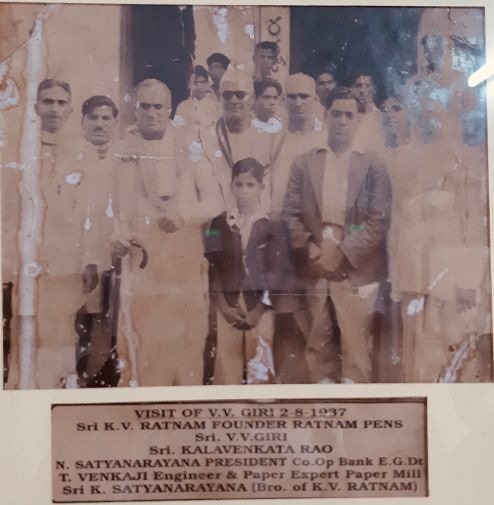
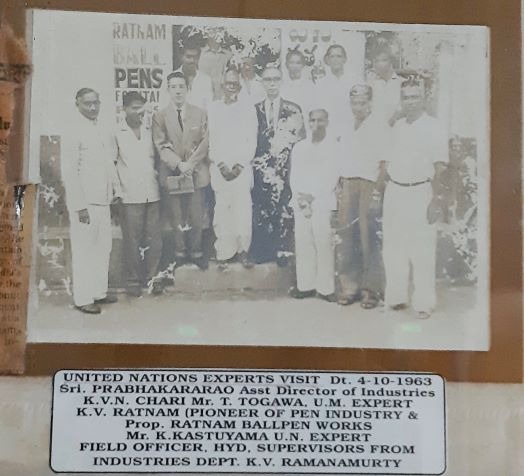
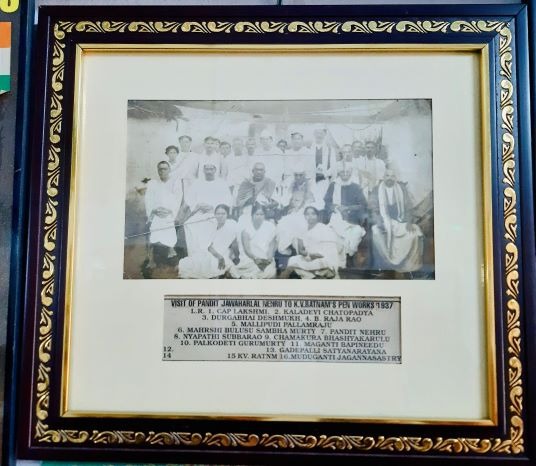
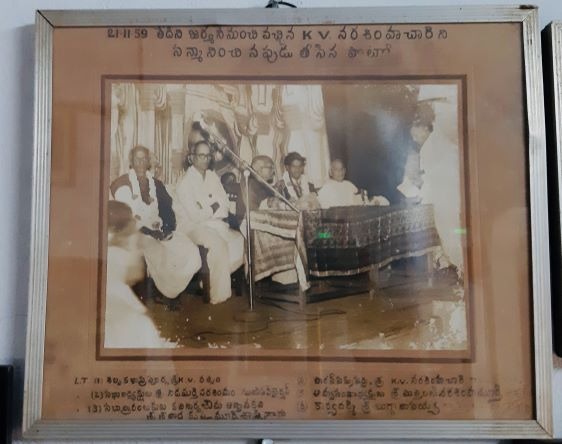


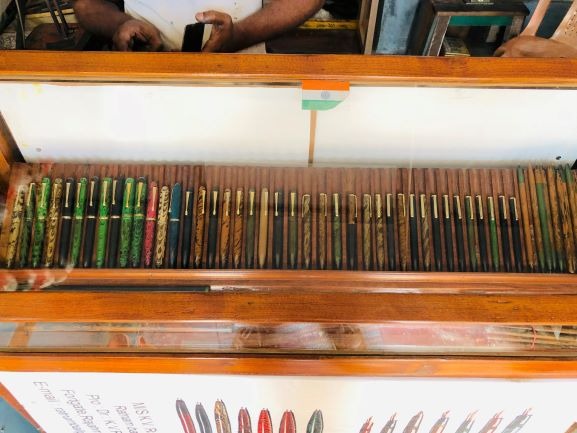
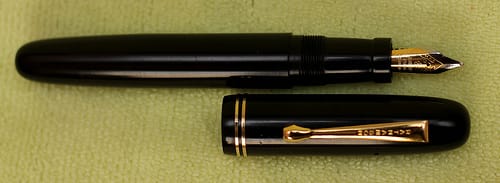
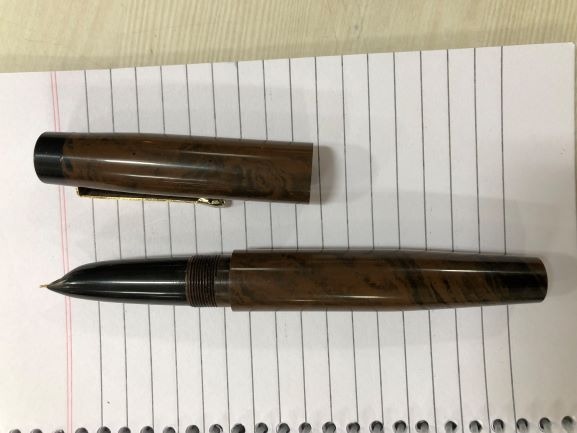
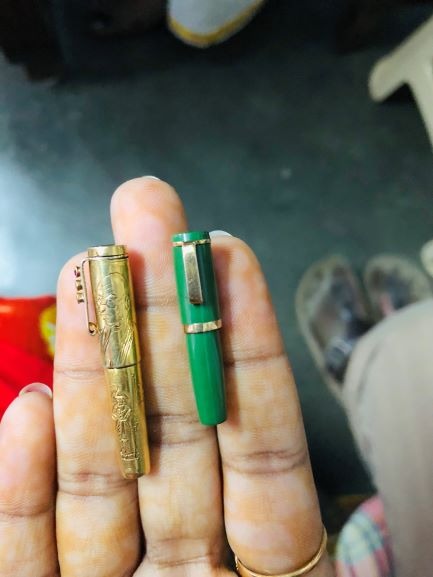
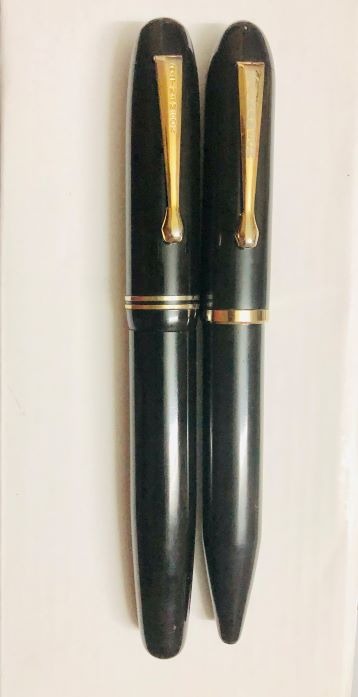
Sir,what is the surname of KV Brahman? As the full name you mentioned,it is Brahmam. It is Brahman or Brahmam?
Its Brahmam, with a m in the end. The Company used to be known as “KV Brahmam and bros”.
The best Brahmams came from Vijayawada. A story for another day perhaps.
I bought a Tarpoda from Mr shiva. What’s his legacy?
At 93 running, I belong to that generation, have seen the Ratnam shop, also Gem & Co. specialists for pens, in Esplanade. The pen was a luxury, most of us,students, office-clerks etc. used the ink-bottles ( Swan and Prabhu’s) and a quill with nib at the end to write exams, reports, registers etc. The rich had access to Parker or Schaefer’s, Pilot (Japan) pens, filled with Parker Quink which was expensive. As college student too, I used only ink and quill. Yes, the ball-pen revolutionised all that, created a new order.